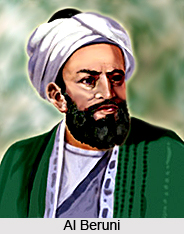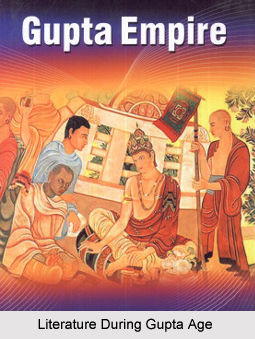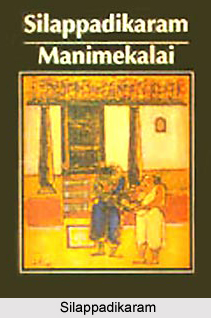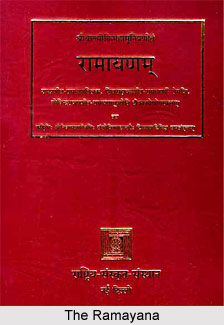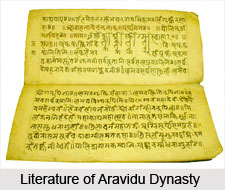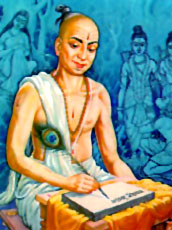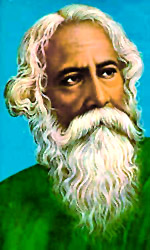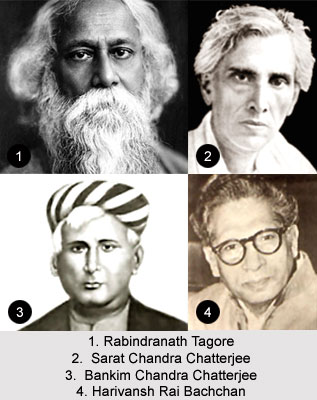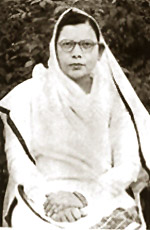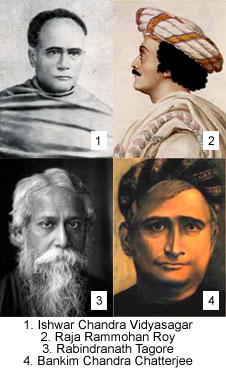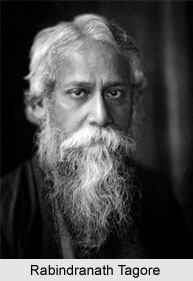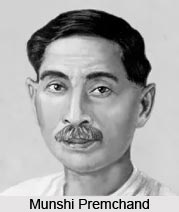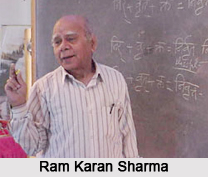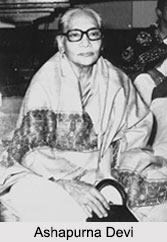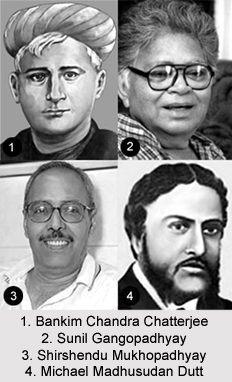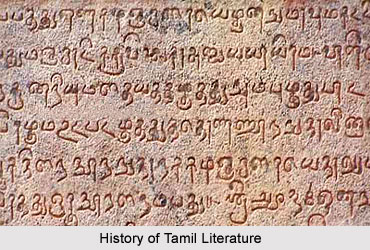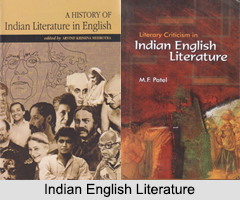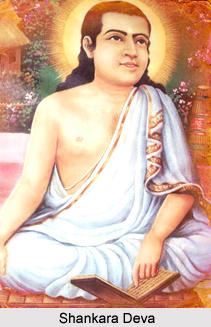 Literary criticism in Assamese Literature began around early nineteenth century where the publication of ancient books and manuscripts has helped historical and literary studies, as well as built up a tradition of critical appraisal. Alongside these various forms of prose there has also developed a body of literature with the object of interpreting literature. Literary criticism was not known in Assamese till the impact of the west.
Literary criticism in Assamese Literature began around early nineteenth century where the publication of ancient books and manuscripts has helped historical and literary studies, as well as built up a tradition of critical appraisal. Alongside these various forms of prose there has also developed a body of literature with the object of interpreting literature. Literary criticism was not known in Assamese till the impact of the west.
Literary criticism is the evaluation, analysis, description or interpretation of literary works usually in the form of critical essays. Srimanta Sankardeva had been the first ever literary critic in Assamese Literature nourishing definite ideas and clear ideals when it came to creating poetry. After tracing down the Western Assam under Koch rule from the Ahom kingdom in Eastern Assam, Sankardeva indulged in an enquiry about the leading luminaries of the area. His (new) disciple Narayana Dasa duly informed him that Pitambara was the one `who made poetry` arousing Sankardeva`s curiosity as he ventured to seek-`What kind of poetry does he make?` he asked. In reply, a piece of Pitambara`s poetry was quoted:- vilapa kariya kande devi Rukamini kona ange khuna dekhi naila Yadumani "The lady Rukmini weeps and wails: In which part of my body did Yadumani see any deficiency that he did not come?"
This tradition was however started by Rev Brown and Haribilash Aggarwala figuratively. Dr. B. Kakati was the first author to attempt critical studies as per scientific principles of literary criticism. His articles like Sahityat Karun Rasa, reveal us of quotations and references. His critical studies have been written in a mature way where some of the prefaces which are written before poetical collections are essays in literary exuberance. His studies in ancient Assamese literature were published in instalments in the periodical, Cetana. He studied some modern poets also. An eminent scholar and professor of English literature, Kakati had deep knowledge of Sanskrit too. His monumental work, Assam, its Formation and Development (in English), bears testimony to his profound erudition. This book happens to be the only scholarly and authoritative work on Assamese language and grammar. A scholar of wide study and great depth, Kakati knew both the oriental and the occidental ideals of life and ways of critical judgment, and this knowledge made his critical appreciations weighty, rich and attractive. His essays on ancient Assamese literature are the finest of their kind in Assamese. Master of a terse, well-chiselled and dignified style, Kakati, in these essays, explores not only the literary beauties, philosophical heights and technical excellences of Assam`s ancient literature but also the social, religious and cultural background of the people of those times.
His later works show a gradual development of critical understanding. A profound scholar in Western and Oriental learning, his prose proves him as a man of great wisdom and enlightenment. He had popularised aesthetic criticism. His works are Purani Asamiya Sahitya (1940), Purani Kammpar dharmar dhara (1955 and so on. His contributions were seasoned with graceful neatness of phrase and idiom and his style reflecting versatility and positive thought.
K. K. Handique has to his credit some intellectually illuminating articles like Anubadar katha, Spanish Sahityat Romeo Juliet, German sahityat sapon natak, Greek natakar gan, Socratesar mate kavir prakriti and few more. Writer`s depth of learning and literary understanding are proved in these critical studies. Handique`s inspiration is the familiar style of Greek architectonic discipline. The writer adds his own natural glow and insight to this. The cardinal feature of Handique`s prose style is controlled rhythm with masculine vigour.
J. P. Agarwalla`s prose has well-chosen phrases which is marked by a strange flavour of escaping from the harsh and realities of life. This style is highly visible in his essay on Bezbaroa`s Dalimi. His writings possessed a strained picturesque form. Ratna Barkakati`s essay on Dalimi and Jinu is the best example of imaginative prose criticism. Dimbeswar Neog is one of the most prolific literary historians. His works include Adhunik Asamiya sahityar Buranji, Asamiya sahityar buranjit bhumuki, Asamiya sahityar buranji and so on. He advances with meticulous scholarship. His other books include Vaishnav dharmar krama bikash, Vaishnav dharmar atiguri and Prageilihasik Asom. His prose is a matter-of-fact and flexible. Dr. B. K. Barua is capable of mobilizing information into neat idioms. His other books are Asamiya katha sahitya (1950), Asamiya bhasa aru samskriti (1957) and Loka samskriti (1961). He has a lucid style; Critical impressionism being one of the features of his literary criticisms.
Dr. P. D. Goswami writes a terse, intellectual prose (Asamiya jana Sahitya and Sahitya arujivan). Dr. M. Neog (Asamiya premgatha, Asamiya giti-sahitya, Asamiya sahityar ruprekha) and Dr. S. Sarma (Asamiya sahityar itibritta, Asamiya sahityar abash, Asamiya natya-sahiiya) wrote a prose that is elaborate without being repetitive.
Bhabananda Datta was a brilliant intellect whose writings were inspired by an impulse for cultural-cum-intellectual regeneration and human relations in society. His prose style was firm and precise.
The first noteworthy treatise on pure literary criticism was, however, Sahitya Vicar by Satyanath Borah in which both Indian and English methods of literary assessment were briefly described. Nilmoni Phukan`s Sahitya Kala follows his own standards and methods and one cannot but recognise a new and original approach in it. Birinchi Kumar Barua`s Kavya aru Abhivyanjana is a more standard text in which he follows Benedetto Croce, the Hindi author Lakshminarayan Singha, and several other English, Hindi and Bengali authorities. In Kavya Bhumi, Umakanta Sarma studies the philosophical basis and background of art. In Sahitya aru Samalocana Trailokyanath Goswami deals with literature, in the manner of Hudson, in a simple and lucid style. While admitting both Indian and European standards, he illustrates his points with extracts from Assamese literature, which makes his book easy of approach. Hem Barua, in his Adhunik Sahitya, studies certain periods of English literature with particular reference to modern trends. The work discloses the deep learning of the writer in modern English literature. Hem Barua`s Sanmihali (Assorted), a collection of essays written on different occasions, is at the same time delightful and serious, ranging from Egyptian history to Einstein, open-air theatre to feminine beauty. Yet these essays are so much flavoured with personal opinions and pedantic allusions that the reader`s interest in the subjects is naturally swamped. Lightness of touch and personal charm make his travel books more endearing. His Sagar Dekhicha (Have You Seen the Sea?) and Ranga Karabir Phul are absorbing diaries of his travels in America and Russia respectively. They are written in the literary style by a sensitive observer of men and manners.
Mahendra Bora`s Asamiya kavitar chhanda (1962) is the first attempt in Assamese literature to probe into prosody. The work shows the author`s capacity for original interpretation and insight. His style is expressive and expository. S. P. Barua`s Natak am abhinay prasang (1962) is a work on the histrionic arts and is one of the most significant contributions of recent times.
Among the other authors who have made significant contributions in literary studies are: Uma Sarma (Kavya bhurni), Upen Lekharu (Asamiya Ramayan sahitya), Upen Goswami (Bhasa aru sahitya), Atul Barua (Sahityar ruprekha), Hemanta Sharma (Asamiya sahityat dristipat), Tarini Bhatta (Sahityar Gatipath) and Tirtha Sarma (Asamiya sahityar gatipath). Besides these, others who have already made a mark in literary criticism are Rajani Sarma, Biren Barkataki, Promod Bhatta, J. Sarma-Pathak and Hiren Gohain. K. R. Medhi, Upen Lekharu, Dr. B. K. Barua, Dr. M. Neog, Dr. S. Sarma, Dr. P. D. Goswami and H.N. Datta-Barooa have edited and compiled old books and manuscripts. This has helped to sustain the tradition as well as maintain a significant sequence of literary development.
The need for artistic creation, harmonious inter-relationship between the content, and manner of expression, is given die hard value in literary criticism. The capacity of a poet, writer or artist of contracting, summarising or opposed to that of elaborating or expanding is highlighted in a literary critical piece. Assamese literature and its extensive body of literary criticism lay bare the similar point, the similar thing.

